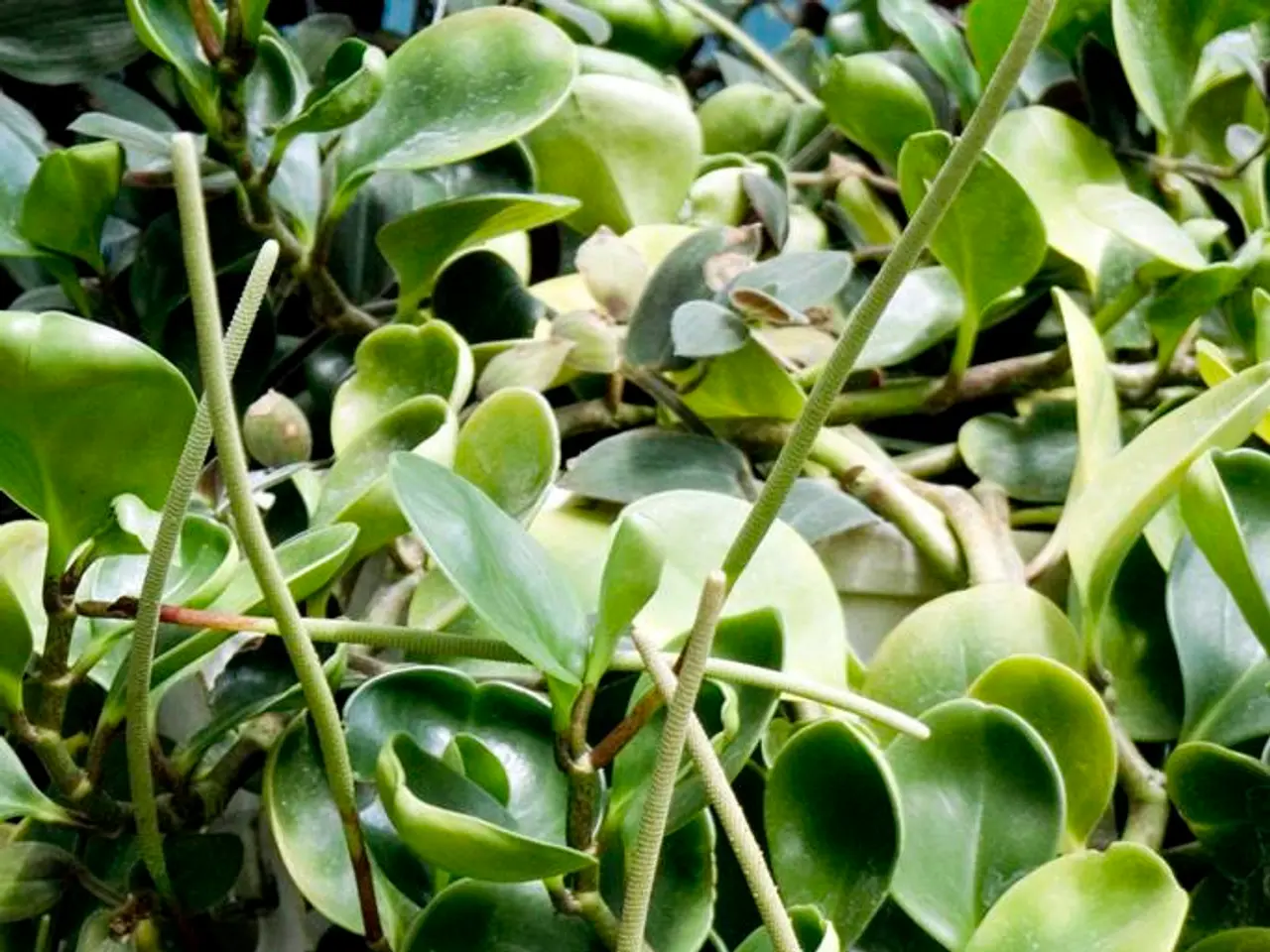Rooting Hydrangea: A Guide to Propagating Hydrangea Cuttings
Hydrangeas, with their showy blooms, are a popular choice for many garden enthusiasts. If you're looking to expand your hydrangea collection, propagating cuttings is a simple and effective method. Here's a comprehensive guide on propagating hydrangeas in soil and water, as well as some additional techniques.
Propagating Hydrangeas in Soil (Recommended)
Step 1: Select the Cutting
Choose a healthy stem from your hydrangea that is about 6 inches long. The best time to take the cutting is in spring or early summer when the plant is actively growing.
Step 2: Prepare the Cutting
Remove the bottom leaves completely. Trim the top leaves in half sideways to reduce water loss.
Step 3: Apply Rooting Hormone (Optional)
Dust the cut end of the cutting with rooting powder to stimulate root development. This step is optional but can help speed up the rooting process.
Step 4: Plant the Cutting
Insert the cutting into moist seed-starting soil or a light potting mix designed for rooting cuttings.
Step 5: Maintain Moisture and Humidity
Mist the cutting daily or cover it with a halved plastic soda bottle to create a mini greenhouse, keeping humidity high.
Step 6: Provide Proper Conditions
Keep the soil consistently moist and place the cutting in bright but indirect light.
Step 7: Wait for New Growth
Roots and new shoots usually develop within a few weeks, indicating successful propagation.
Tips: Soil-propagated hydrangeas develop stronger root systems and generally transplant better outdoors than water-propagated cuttings.
Propagating Hydrangeas in Water
Step 1: Take the Cutting
Select a 6-inch stem cutting with leaves intact (no need to trim the leaves).
Step 2: Place in Water
Put the cutting in a clean glass or jar filled with water, ensuring the bottom part of the stem is submerged.
Step 3: Change Water Regularly
Replace the water several times a week to prevent stagnation and fungal growth.
Step 4: Wait for Roots to Develop
Root formation usually takes about 3 to 4 weeks.
Step 5: Transplant to Soil
Once roots are a few inches long, plant the cutting in soil.
Tips and Considerations: - Rooting hydrangea cuttings in water is possible but not ideal; these plants tend to have weaker root systems and may struggle more after transplanting to soil compared to soil-propagated cuttings. - Provide indirect light during rooting and be gentle transplanting once roots form to avoid damaging the delicate water roots.
Additional Propagation Techniques
- Tip Layering: Strip a layer off the stem’s coating near the tip, remove nearby leaves, pin the stem down to soil (using a brick or stone), and roots will form in a few weeks. Then cut and plant the rooted tip.
Summary Table
| Step | Soil Propagation | Water Propagation | |----------------|----------------------------------------------------|---------------------------------------------------| | Cutting Length | 6 inches | 6 inches | | Leaf Prep | Remove bottom leaves; trim top leaves in half | Leave leaves intact | | Rooting Aid | Rooting powder on cutting base | None typically used | | Medium | Seed-starting soil, kept moist | Glass of clean water, changed regularly | | Root Time | Few weeks, new growth visible | 3-4 weeks for root formation | | Planting Out | Directly stays in soil | Transplant to soil when roots form | | Success Notes | Stronger roots and healthier plants | Weaker roots, plants may struggle post-transplant |
Overall, propagating hydrangeas in soil is preferred for stronger plants and better long-term success, while propagation in water can be a simpler but less robust method. Maintaining consistent moisture, good light (bright indirect), and humidity are key for both approaches. If the pots become crowded, transplant the cuttings into bigger containers.
[1] Horticulture, The University of Georgia. (n.d.). Hydrangea Propagation [2] The Spruce, The. (n.d.). Propagating Hydrangeas [3] The Oregonian. (2018, June 27). How to Propagate Hydrangeas
To further enrich your home-and-garden lifestyle, consider expanding your hydrangea collection by incorporating various propagation techniques. Not only is hydrangea gardening rewarding, but it provides an opportunity to enjoy diverse types of hydrangeas in your lifestyle, enhancing the beauty of your home-and-garden space.





